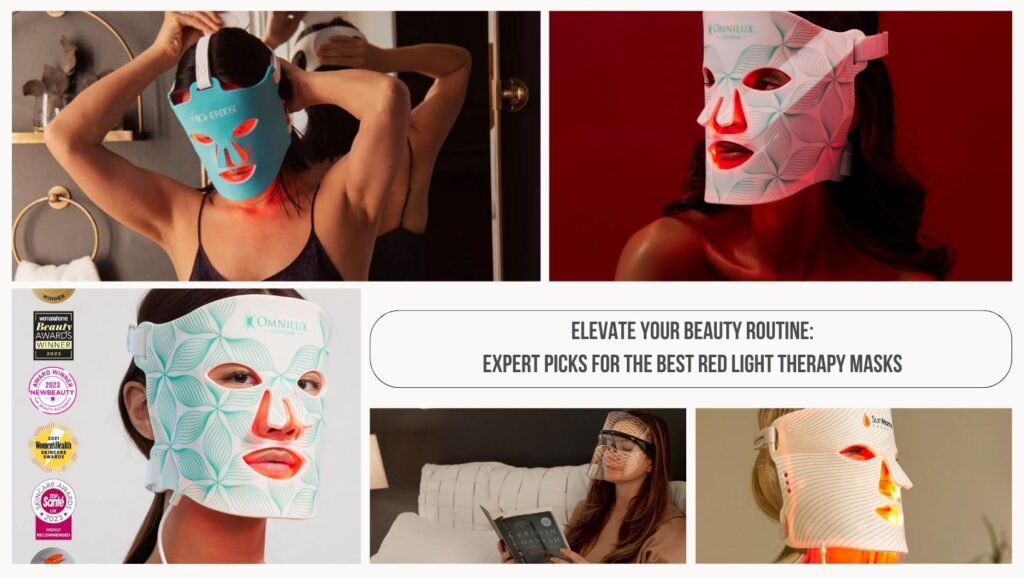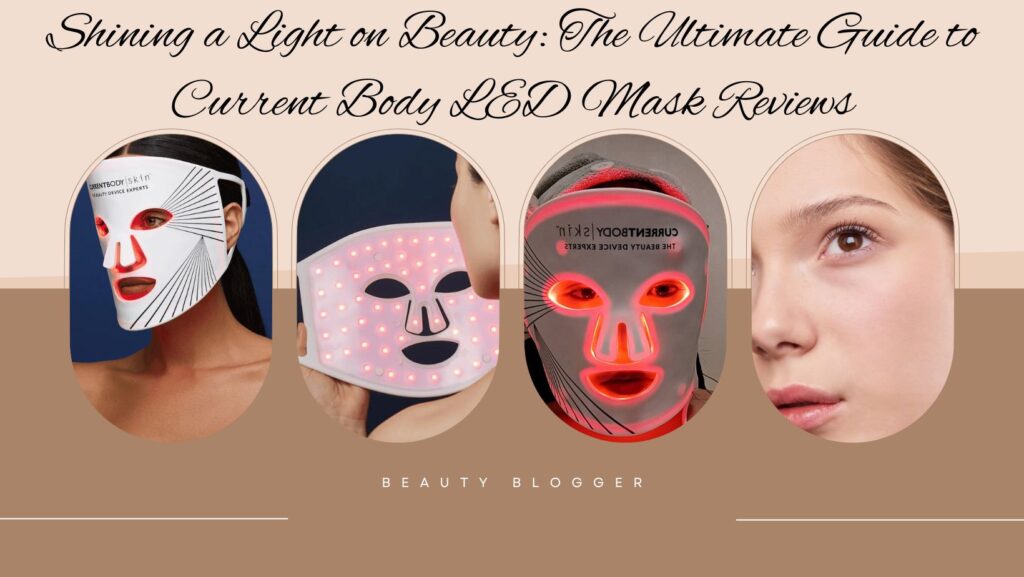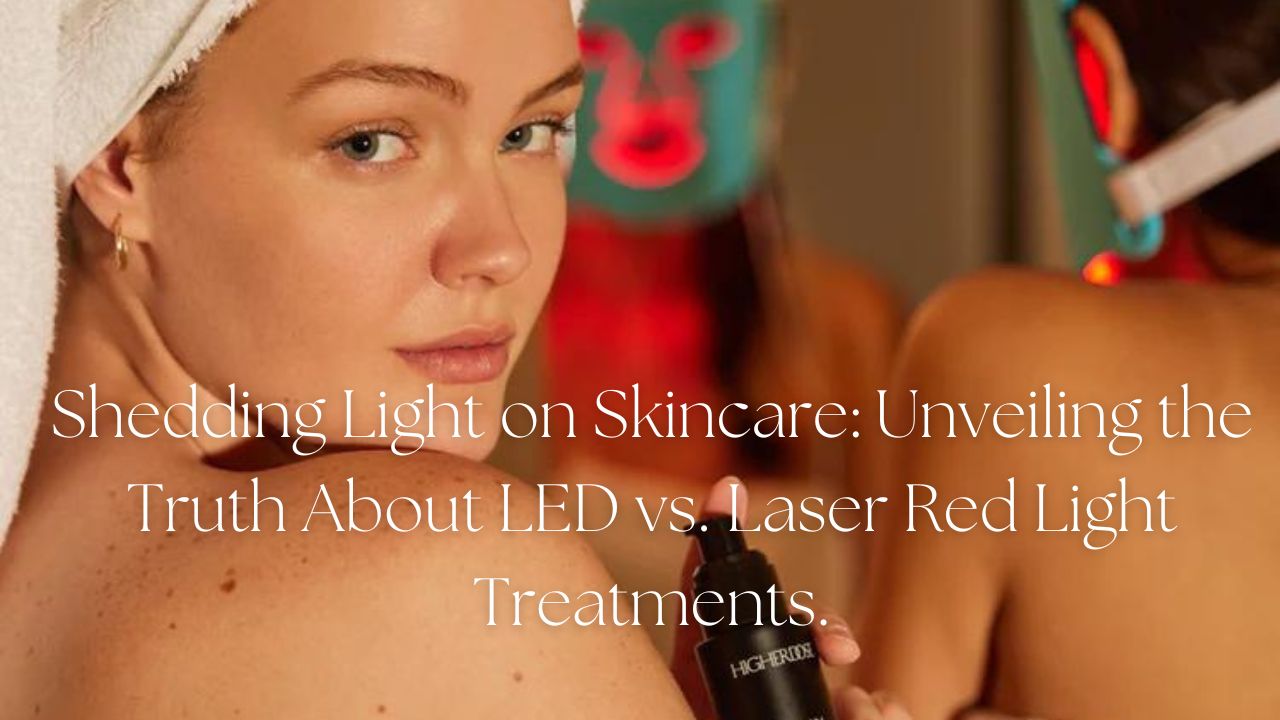Navigating the world of skincare can sometimes feel like wandering through a labyrinth of trendy gadgets and bold claims. Right at the heart of this maze is red light therapy, buzzing with questions and curiosity. “Shedding Light on Skincare: Unveiling the Truth About LED vs. Laser Red Light Treatments” is your map to clarity.
In this journey, we’re not just scratching the surface. We’ll dive into the nitty-gritty of LED and Laser therapies, stripping away the marketing gloss to uncover their true impact on your skin. So, grab a cup of coffee, and let’s unravel this together, shall we?
Understanding Red Light Therapy
Contents
Ever heard of red light therapy and wondered what the fuss is all about? It’s not just a fancy light show for your face; there’s some real science behind it. This therapy, also known as photobiomodulation, sounds like a term straight out of a sci-fi novel, but it’s actually pretty straightforward.
Here’s the deal: our skin can absorb light, and different wavelengths of light can trigger various biological processes. Red light therapy typically involves wavelengths between 630 and 850 nanometers, which are believed to penetrate the skin’s surface. Why does this matter? Well, at these specific wavelengths, red light is thought to stimulate collagen production, reduce inflammation, and even speed up healing. Think of it as a kind of nourishment for your skin cells, encouraging them to rejuvenate and repair themselves.
So, in a nutshell, red light therapy is like giving your skin cells a little pep talk, urging them to be the best they can be. It’s a fascinating blend of nature and technology, harnessing the power of light to potentially enhance skin health.
LED Red Light Treatments

Moving on to LED, or Light Emitting Diodes, these are the more common siblings in the red light family. You’ve probably seen these devices, ranging from hand-held gadgets to full-face masks, promising everything from wrinkle reduction to a cure for acne.
LEDs are popular for a few good reasons. First off, they’re user-friendly. You don’t need a degree in rocket science to use them; most are designed for easy at-home use. They’re also generally more affordable and accessible than their laser counterparts. Plus, LED treatments are considered quite safe, with minimal risk of skin damage, which is a big win for those of us not keen on playing Russian roulette with our skin.
But here’s the catch – LED devices often have a lower intensity compared to laser treatments. This means the light is less focused and may not penetrate the skin as deeply. While this isn’t necessarily a deal-breaker, it’s something to keep in mind, especially if you’re expecting dramatic, overnight results.
In essence, LED red light therapy is like a gentle, soothing whisper to your skin, offering a range of benefits without being too harsh or invasive.
Laser Red Light Treatments
Now, let’s turn our focus to the laser side of red light therapy. When you hear “laser,” you might think of something out of a sci-fi movie, but in the realm of skincare, lasers are more like precision artists. Laser red light treatments use highly focused beams of light, providing a more intense and targeted approach compared to LEDs.
The key advantage of laser treatments lies in their precision and intensity. These treatments can penetrate deeper into the skin, potentially offering more significant and faster results. This makes them particularly effective for more challenging skin issues like deep-set wrinkles or severe acne scars. It’s like having a skilled sculptor working meticulously to reshape and rejuvenate the skin.
However, with great power comes greater responsibility – and cost. Laser treatments are usually more expensive than LED options and typically require a visit to a professional clinic. There’s also a higher risk of side effects, like redness or irritation, especially for those with sensitive skin. So, if you’re considering laser treatments, it’s like choosing an expert-level treatment, with all the benefits and cautions that come with it.
Comparative Analysis: LED vs. Laser
After understanding both LED and Laser treatments, you might be wondering: which one should I choose? Well, it’s not a one-size-fits-all answer. The effectiveness of LED versus Laser in red light skincare treatments varies based on several factors, including the specific skin condition being treated, skin type, and of course, personal preferences.
LED treatments, with their gentle approach, are great for regular maintenance and are suitable for almost all skin types. They can help with issues like mild acne, superficial wrinkles, and general skin rejuvenation. It’s like a steady, nurturing approach to skin health.
On the other hand, laser treatments, with their higher intensity, are the heavy hitters. They’re more suited for targeting specific, deeper skin concerns, and the results can be quite dramatic. However, they require a higher level of commitment, both in terms of time and money, and are not suitable for all skin types.
Ultimately, the choice between LED and Laser treatments depends on your specific skin needs, lifestyle, and how much you’re willing to invest in your skincare journey. It’s about finding the right tool for the job, tailored to your unique skin story.
Safety and Side Effects
When it comes to any skincare treatment, safety is the name of the game. Both LED and Laser red light therapies are generally considered safe, but like any treatment, they have their nuances in terms of side effects and precautions.
With LED treatments, the risk of side effects is relatively low. Most users experience no adverse reactions, making it a go-to choice for those with sensitive skin or apprehension about more intensive treatments. However, it’s always wise to start slow, particularly if you have a history of skin sensitivity. Think of it as getting your feet wet before diving in – it’s always better to be cautious.
Laser treatments, while effective, come with a slightly higher risk profile. Potential side effects include redness, irritation, and in rare cases, changes in skin pigmentation. It’s crucial to consult a professional before diving into laser therapy. They can assess your skin type, discuss potential risks, and tailor the treatment to your specific needs. Remember, when it comes to lasers, it’s not just about the light – it’s about the expertise behind it.
Real World Applications and Case Studies
Theory is great, but what about real-world results? To truly understand the impact of LED and Laser therapies, let’s delve into some practical applications and case studies.
For LED treatments, numerous users report noticeable improvements in skin texture, a reduction in acne, and a more youthful appearance over time. These results are often achieved with consistent use, illustrating the effectiveness of LED in routine skincare. It’s like watering a plant – regular care leads to visible growth.
Laser treatments, on the other hand, often show more dramatic results in a shorter time frame. Case studies have shown significant improvements in deep wrinkles, sun damage, and severe acne scars. These transformations, while more immediate, also reflect the commitment and investment required for laser therapy. It’s like a swift, targeted intervention that brings about rapid change.
Both LED and Laser therapies have their success stories, each demonstrating their unique strengths and applications. Whether it’s the gradual improvement seen with LEDs or the more immediate results from lasers, the real-world impact is clear: red light therapy has a valid place in the skincare world.
Making the Right Choice for Your Skin

Choosing between LED and Laser red light therapies can feel like navigating a crossroads. The decision boils down to understanding your skin’s needs and your personal circumstances. Here are a few factors to consider:
- Skin Type and Condition: Sensitive skin might prefer the gentleness of LED, while mature or heavily damaged skin may benefit more from the intensity of laser treatments.
- Lifestyle and Commitment: LED offers the convenience of at-home use, fitting easily into a daily routine. Laser treatments, however, require clinic visits and a more significant time commitment.
- Budget: LED devices are generally more affordable and offer a long-term, cost-effective solution. Laser treatments, while potentially more impactful, demand a higher financial investment.
It’s not just about picking a treatment; it’s about choosing a path that aligns with your life and your skin. Consult with a dermatologist to get a personalized recommendation, ensuring you embark on the journey that’s right for you.
Conclusion
As we wrap up our exploration into LED and Laser red light treatments, one thing is clear: both technologies offer valuable benefits to skincare, each with its unique strengths and considerations. LED brings ease and accessibility, ideal for regular maintenance and mild conditions. Laser, with its precision and power, tackles more severe skin issues, offering dramatic results for those who are ready for the commitment.
Your skincare journey is deeply personal, and choosing the right red light therapy should reflect that. Whether you’re drawn to the gentle embrace of LED or the transformative power of Laser, the most important thing is to choose a path that feels right for you. Remember, in the world of skincare, knowledge is power, and you’re now equipped to make an informed decision that best suits your skin’s unique story.
X. References and Further Reading
For those eager to dive deeper into the world of red light therapy, a wealth of resources awaits. Consider exploring scientific studies, dermatological research papers, and comprehensive reviews that delve into the nuances of LED and Laser treatments. These resources can provide a more detailed understanding and help keep you informed about the latest advancements in skincare technology.
For your article on LED vs. Laser red light treatments, here are five scientific studies and dermatological research papers that delve into the nuances of these therapies:
- A controlled trial examining the efficacy of red and near-infrared light treatment in improving patient satisfaction, reducing fine lines, wrinkles, and increasing intradermal collagen density. This study provides insights into the effectiveness of red light technologies for skin rejuvenation. https://pubmed.ncbi.nlm.nih.gov/24286286/
- A study focused on the efficacy of combination LED light therapy (wavelengths of 633 nm and 830 nm) in facial skin rejuvenation. This research highlights the benefits of using combined wavelengths in LED therapy for enhancing skin appearance. https://pubmed.ncbi.nlm.nih.gov/16414908/
- Research examining LED phototherapy for skin rejuvenation, including clinical, profilometric, histologic, ultrastructural, and biochemical evaluations. This comprehensive study offers a detailed look at the impact of LED therapy on various aspects of skin health and aging. https://pubmed.ncbi.nlm.nih.gov/17566756/
- A review of the use of light-emitting diode therapy in the treatment of photoaged skin, detailing its effectiveness in addressing skin aging concerns. https://pubmed.ncbi.nlm.nih.gov/17760698/
- An investigation into the safety and efficacy of a combined diode laser and bipolar radiofrequency compared with combined infrared light and bipolar radiofrequency for skin rejuvenation. This study provides comparative data on different light-based therapies for enhancing skin quality. https://pubmed.ncbi.nlm.nih.gov/22421644/
- Revolutionize Your Skincare: Insider Reviews of the HigherDose Red Light Face Mask
- Shining a Light on Beauty: The Ultimate Guide to Current Body LED Mask Reviews
- Before & After Stunning Results from Omnilux Contour Face Reviews
- Unveiling the Truth: In-Depth Analysis of Omnilux Men Reviews
- Omnilux Clear Unveiled: Real User Reviews You Need to See!

